Without a doubt, children benefit from exposure to the “arts.” In public schools, this exposure is often limited and specific. They offer limited options in art classes and music instruction. Rarely do these classes include dance.
Music Classes Are Normalized
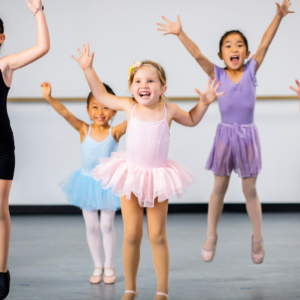 I’ve seen tons of articles over the years about the benefits of teaching music. Research shows that learning an instrument can make you better at math, reading, and writing. But I have seen far fewer articles about the benefits of dance.
I’ve seen tons of articles over the years about the benefits of teaching music. Research shows that learning an instrument can make you better at math, reading, and writing. But I have seen far fewer articles about the benefits of dance.
I suspect this difference is because there are band and choir instructors across the country working to justify their jobs in schools. Dance teachers have mostly accepted that they are part of an “after school” activity, except for very special schools. However, I would argue, that the benefits of dance are right up there with learning an instrument. We just haven’t done the research yet.
As a homeschooler, I have insisted all of my kids attempt to learn to play an instrument and try dance classes. This does not mean that they have all been successful at these things. Each kid has had different levels of success at different things. To me, the most important part was that they tried them. This also gave them benefits they never saw.
How Dancing Affects Brain Development
One reason we think that making music is so good for us is that it uses many different parts of the brain. Playing an instrument generally requires us to use several body parts at once, moving in tandem but also separately. You also have to think about notes and rhythm. From the standpoint of the brain, there is a lot to keep up with.
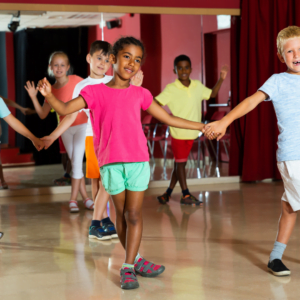 Dance also requires many parts of the brain to work together. A dancer controls their feet, arms, and body while listening to the music and moving with the beat. They have to memorize the choreography. There is no sheet music in dancing, so your brain has to access both short and long-term memory to keep up in a dance class.
Dance also requires many parts of the brain to work together. A dancer controls their feet, arms, and body while listening to the music and moving with the beat. They have to memorize the choreography. There is no sheet music in dancing, so your brain has to access both short and long-term memory to keep up in a dance class.
Week to week, in a dance class, you are expected to learn and remember warm-ups, positions, and dance moves. You train your body to move in new ways. But we forget that this means your brain is learning to move in new ways.
Tangible Effects of Learning to Dance
As an occupational therapist, I have worked with many children who struggled with bilateral coordination. Bilateral coordination is when the two halves of your brain work well together so you can use both hands (or feet) to do something complicated. For younger children, this can mean cutting paper with scissors. One hand holds the paper while the other cuts. The two hands have to each do something different to work together to accomplish the task.
I argue that if more kids learned to dance, from an early age, we would have far fewer kids struggling with tasks like cutting and writing. Strength and coordination develop from gross motor, large movement first, to fine motor, smaller movements later. The body has a progression it needs to work through. Babies need to reach for toys with their whole arm before they will be ready to pick up crackers with their fingers. The same pattern applies to many other situations.
I believe that if we taught all kids to dance, we would give them a head start on the coordination needed for reading and writing. I also believe those brain connections would eventually prove helpful in math and all other areas of development.
However, dance has some of its own benefits. It helps children develop strength, coordination, memory, and confidence. Dance classes can be a source of friendship and positive social interactions. It can be a place where kids with learning disabilities find acceptance and learn to enjoy learning. Kids with dyslexia, for example, tend to think in 3-D, which means dance can be a place to succeed. Looking at 2-D things, like words or notes on a page can be challenging. Working with the whole body can be much easier to do for these kids.
Finding the Right Dance Class for Your Child
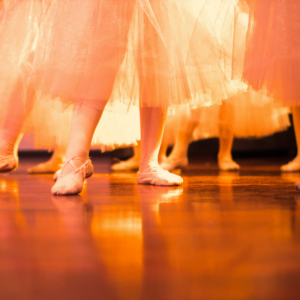 Now that I have convinced you to consider dance, there are some things to watch for in choosing how your child will experience dance. First off, I want to say that you don’t have to do professional lessons for your child to benefit from dancing. You can turn on a YouTube video and you and your child can learn a new dance right now. If you go with this method, be sure to keep it fun, and remember that you will both make mistakes. There is nothing wrong with that!
Now that I have convinced you to consider dance, there are some things to watch for in choosing how your child will experience dance. First off, I want to say that you don’t have to do professional lessons for your child to benefit from dancing. You can turn on a YouTube video and you and your child can learn a new dance right now. If you go with this method, be sure to keep it fun, and remember that you will both make mistakes. There is nothing wrong with that!
If you go to look for a dance studio, I hope that you can find one that is a good fit for your child and you. Personally, I have chosen a studio that focuses on teaching all children “the love of dance.” They don’t do competitions. We have a single annual recital. They offer a special needs class, and at our spring recital, when the crowd cheered and clapped along with the whole number for that class, I teared up. I’m proud to be part of their community.
Personally, I participated in dance competitions in my teens. While I don’t regret it, and I loved my own years of dance, it was stressful to worry about those scores. My team won various trophies and awards, but the good part was spending time with my dance friends. So, when I went to pick a studio for my kids, I wanted a place that was not going to push the stress of competition on our family. I recommend reading all you can about a studio and asking around about what they are like to work with before you choose one.
I strongly believe that dancing is a great activity for both mental and physical health. I hope you can find a way to work it into your child’s life!
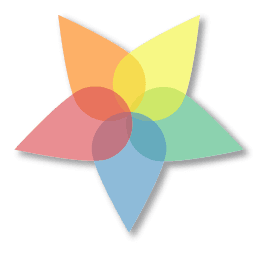
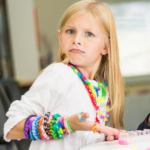
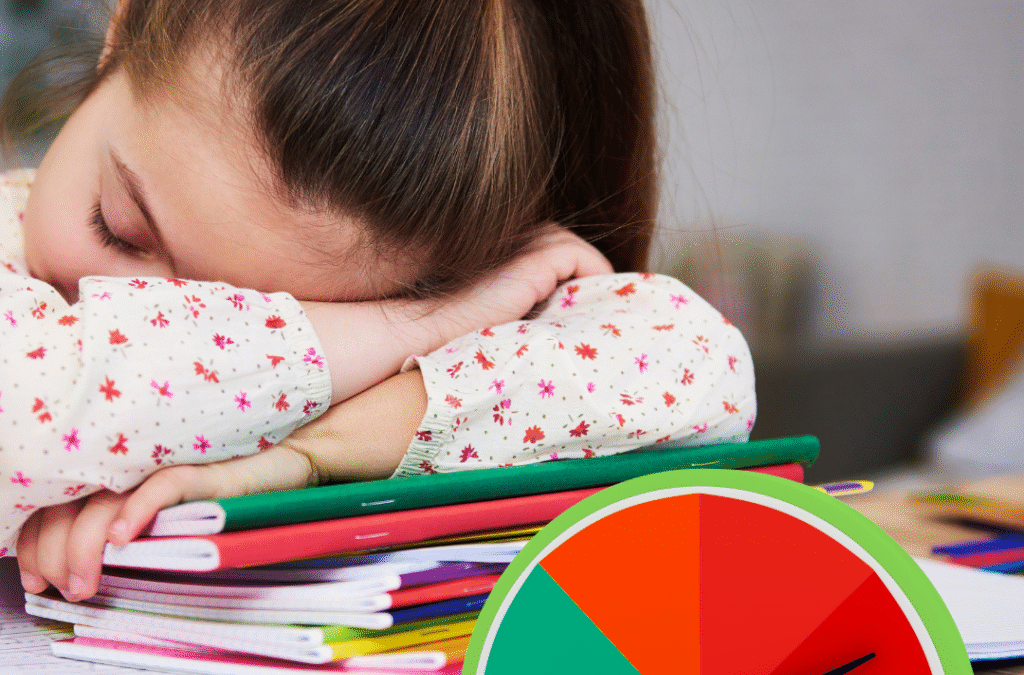

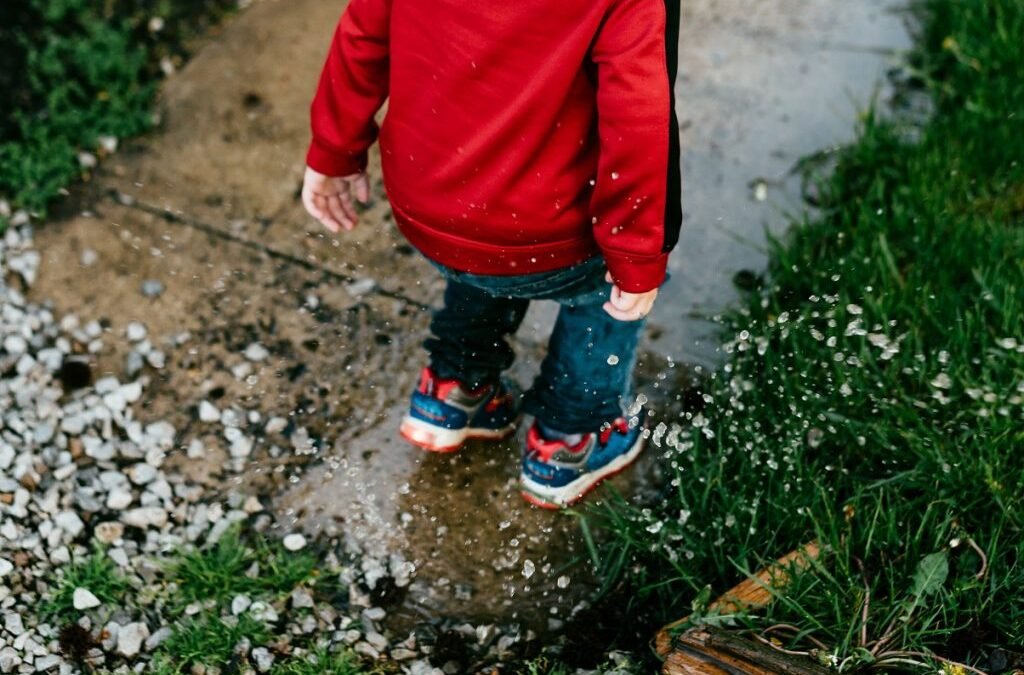
0 Comments